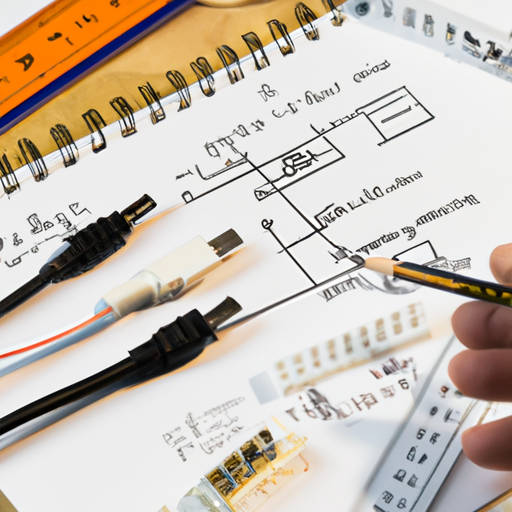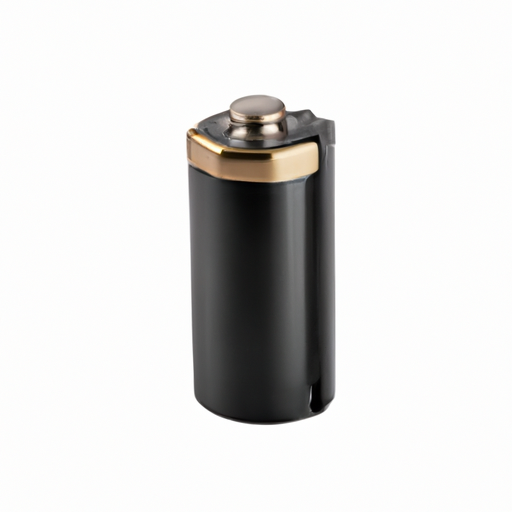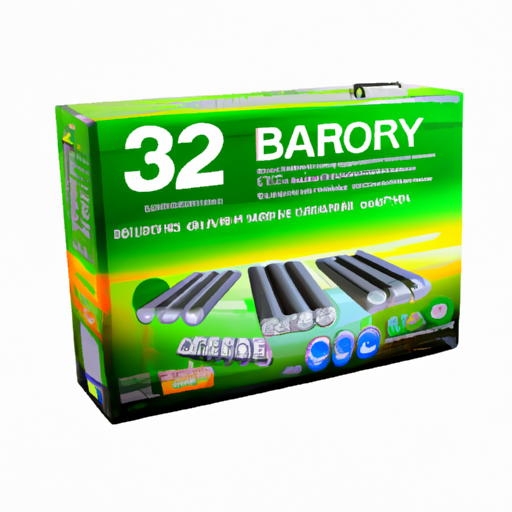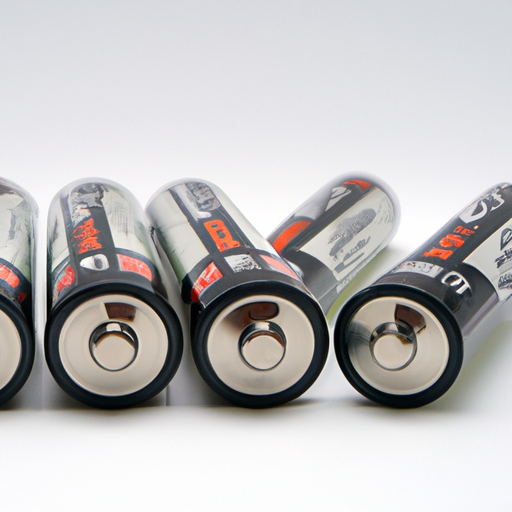How to Wire the Latest Resistors and Understand Purchasing Models of Equipment Components
I. Introduction
Resistors are fundamental components in electronic circuits, playing a crucial role in controlling current flow and voltage levels. As technology advances, so do the types and functionalities of resistors, making it essential for both hobbyists and professionals to stay informed about the latest resistor technologies and wiring techniques. This article aims to educate readers on how to wire the latest resistors effectively and understand the various purchasing models for equipment components.
II. Understanding Resistors
A. Definition and Function of Resistors
A resistor is a passive electronic component that resists the flow of electric current, creating a voltage drop across its terminals. This property is essential for controlling the amount of current that flows through a circuit, protecting sensitive components from damage and ensuring proper operation.
B. Types of Resistors
1. **Fixed Resistors**: These resistors have a constant resistance value and are commonly used in various applications. They come in different materials, such as carbon, metal film, and wire-wound.
2. **Variable Resistors (Potentiometers)**: These allow users to adjust the resistance value manually. They are often used in applications like volume controls and light dimmers.
3. **Specialty Resistors**: These include thermistors (temperature-sensitive resistors) and photoresistors (light-sensitive resistors), which are used in specific applications requiring variable resistance based on environmental conditions.
C. Key Specifications
When selecting resistors, it’s essential to consider several key specifications:
1. **Resistance Value**: Measured in ohms (Ω), this indicates how much the resistor opposes current flow.
2. **Tolerance**: This specification indicates how much the actual resistance can vary from the stated value, usually expressed as a percentage.
3. **Power Rating**: Measured in watts (W), this indicates the maximum power the resistor can dissipate without overheating.
4. **Temperature Coefficient**: This indicates how much the resistance changes with temperature, which is crucial for applications in varying thermal environments.
III. Wiring Techniques for the Latest Resistors
A. Basic Wiring Principles
Understanding the basic wiring principles is essential for effective resistor integration into circuits.
1. **Series vs. Parallel Configurations**: In a series configuration, resistors are connected end-to-end, and the total resistance is the sum of individual resistances. In contrast, parallel configurations involve connecting resistors across the same voltage source, resulting in a total resistance that is less than the smallest individual resistor.
2. **Importance of Correct Polarity**: While most resistors are non-polarized, certain types, like variable resistors, may have specific orientation requirements. Always check the datasheet for any polarity indications.
B. Tools and Materials Needed
To wire resistors effectively, you will need the following tools and materials:
1. **Soldering Iron and Solder**: Essential for making secure electrical connections.
2. **Wire Strippers and Cutters**: For preparing wires to connect to the resistor.
3. **Multimeter for Testing**: To measure resistance and ensure proper connections.
C. Step-by-Step Wiring Process
1. **Preparing the Workspace**: Ensure your workspace is clean and organized. Gather all necessary tools and components.
2. **Measuring and Cutting Wires**: Measure the required length of wire to connect the resistor to the circuit and cut it accordingly.
3. **Stripping Wire Ends**: Use wire strippers to remove insulation from the ends of the wires, exposing enough copper for a good connection.
4. **Soldering the Resistor into the Circuit**: Heat the soldering iron and apply solder to the joint where the resistor connects to the circuit. Ensure a solid connection without excess solder.
5. **Testing the Connection with a Multimeter**: After soldering, use a multimeter to check the resistance and ensure the connection is secure.
D. Common Mistakes to Avoid
1. **Incorrect Resistor Placement**: Always double-check the circuit diagram to ensure resistors are placed correctly.
2. **Poor Soldering Techniques**: Avoid cold solder joints by ensuring the solder flows smoothly and forms a solid connection.
3. **Ignoring Heat Dissipation**: Resistors can generate heat, so ensure they are placed in a way that allows for adequate airflow and cooling.
IV. Latest Trends in Resistor Technology
A. Advances in Materials and Manufacturing
Recent advancements in resistor technology have led to the development of new materials and manufacturing techniques.
1. **Thin-Film and Thick-Film Resistors**: Thin-film resistors offer high precision and stability, making them ideal for high-frequency applications. Thick-film resistors, on the other hand, are more robust and suitable for power applications.
2. **Carbon Composition vs. Metal Film Resistors**: While carbon composition resistors are known for their high energy absorption, metal film resistors provide better stability and lower noise, making them preferable in sensitive applications.
B. Applications of New Resistor Technologies
1. **High-Frequency Circuits**: New resistor technologies are designed to minimize parasitic capacitance and inductance, making them suitable for RF and microwave applications.
2. **Power Electronics**: Resistors are critical in power electronics for voltage division and current limiting, with new materials allowing for higher power ratings and better thermal management.
3. **Automotive and Aerospace Applications**: With the increasing complexity of automotive and aerospace electronics, advanced resistors are being used to ensure reliability and performance in harsh environments.
V. Purchasing Models for Equipment Components
A. Overview of Purchasing Models
When it comes to purchasing resistors and other electronic components, several models are available:
1. **Direct Purchasing**: This involves buying components directly from manufacturers, often suitable for bulk orders.
2. **Distributor Partnerships**: Many companies partner with distributors who stock a wide range of components, providing convenience and often better pricing.
3. **Online Marketplaces**: Websites like Digi-Key, Mouser, and Amazon offer a vast selection of components, making it easy to find specific resistors.
B. Factors to Consider When Purchasing Resistors
1. **Quality and Reliability**: Always choose resistors from reputable manufacturers to ensure quality and reliability.
2. **Cost-Effectiveness**: Compare prices across different suppliers to find the best deals without compromising quality.
3. **Supplier Reputation**: Research suppliers to ensure they have a good track record and positive customer feedback.
C. Evaluating Suppliers
1. **Certifications and Standards**: Look for suppliers that adhere to industry standards such as ISO and RoHS, ensuring compliance with safety and environmental regulations.
2. **Customer Reviews and Testimonials**: Reading reviews can provide insight into the supplier's reliability and product quality.
3. **Return Policies and Warranties**: Ensure the supplier offers reasonable return policies and warranties to protect your investment.
VI. Conclusion
In conclusion, understanding how to wire the latest resistors and the various purchasing models for equipment components is essential for anyone involved in electronics. Proper wiring techniques ensure reliable circuit performance, while informed purchasing decisions lead to better quality components. As technology continues to evolve, staying updated on resistor technologies will empower you to make the best choices for your projects. Resistors play a vital role in modern electronics, and mastering their use is key to successful circuit design and implementation.
VII. References
- Suggested readings and resources for further learning about resistors and circuit design.
- Links to reputable suppliers and manufacturers of resistors, such as Digi-Key, Mouser, and others, for easy access to components.
By following the guidelines outlined in this article, you can enhance your understanding of resistors and improve your skills in wiring and purchasing electronic components.













